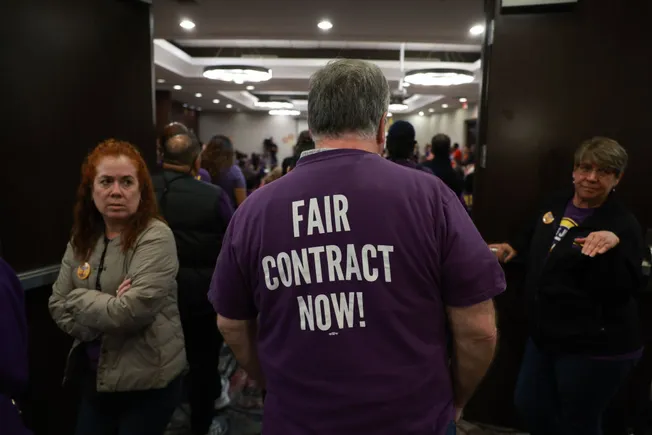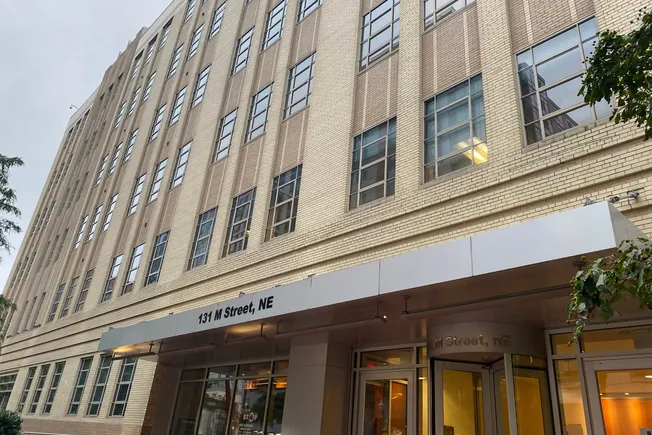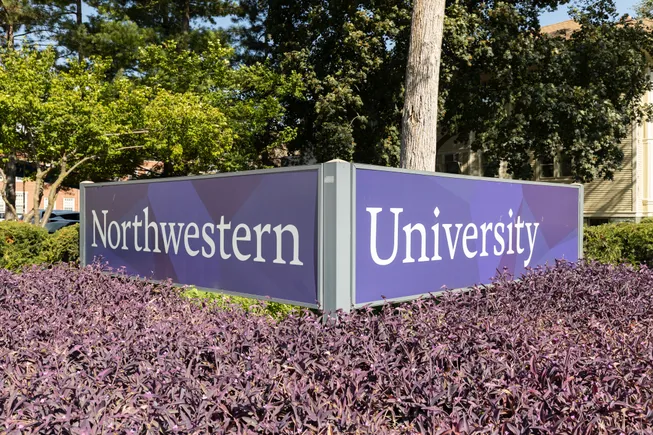Businesses in New York that file Worker Adjustment and Retraining Notification notices may soon be compelled to notify the state when job losses are related to artificial intelligence, according to a recent proposal by New York Gov. Kathy Hochul.
Hochul announced several economic development and workforce programs, including new access to capital for small businesses, free community college courses for certain in-demand fields and efforts to protect workers from wage theft. As part of that, she discussed plans to increase AI-related training and track AI-related layoffs.
“My proposals will not only support the small businesses that are already in New York but will also kickstart economic growth and opportunities for entrepreneurship — to support the next generation of founders and innovators,” Hochul said in a statement.
When it comes to AI training and opportunities, systemic biases and legacy workforce training have left some populations behind, according to the announcement. To help equalize access to AI careers, the Empire State Development Corporation will launch a workforce development initiative called AI Prep, which will focus on training and placing disadvantaged college students into AI-related jobs.
On the other hand, Hochul said her office also wants to support workers displaced by AI and ensure the benefits of AI integration outweigh potential negative consequences. To start, New York leaders should understand the impact of AI-related layoffs through real-world data, she said.
As part of the proposal, the Department of Labor will require businesses that submit layoff notices as part of its Worker Adjustment and Retraining Notification system to indicate whether the layoffs are related to a businesses’ use of AI. New York businesses with 50 or more full-time employees must issue WARN notices if they plan to lay off at least 25 full-time employees (if those employees make up 33% of the workforce at the site) or a total of 250 full-time employees.
Affected workers will be able to access workforce training programs offered by the department or local partners, Hochul said.
In the years ahead, generative AI may have a “high human cost,” according to a report from the Society for Human Resource Management and The Burning Glass Institute. As job roles shift, CHROs will need to focus on reskilling workers and ensuring that displacement doesn’t disproportionately affect underrepresented groups.
As the demand for AI-related skills has grown, skill seekers are searching for foundational AI knowledge rather than platform-specific skills, according to an O’Reilly report. In particular, they’re looking for learning and development opportunities in prompt engineering, AI principles and generative AI tools.
However, despite the need for upskilling and workers’ interest in training, most HR leaders aren’t prioritizing the reskilling of workers who may be impacted by AI use, according to a report from The Conference Board. Instead, their top AI-related priorities include experimentation with pilot programs and use cases for human capital management functions.






Leave a Reply